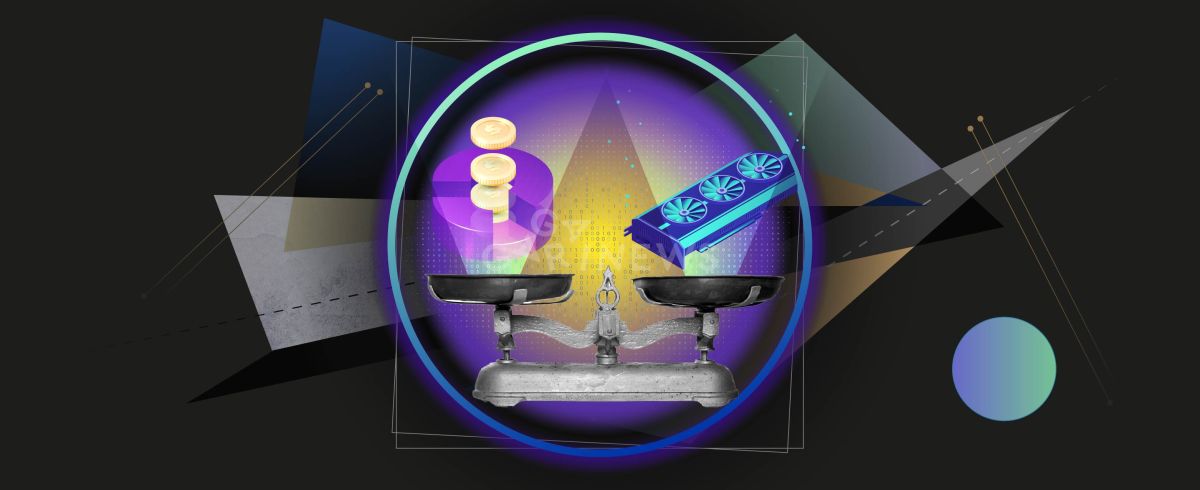How does staking differ from mining?

Staking has been gaining much popularity lately, and even the world’s second cryptocurrency, Ethereum, will soon be unavailable for mining. So, what is the difference between these two cryptocurrency mining options?
On this page
What is staking, and how does it work?
Staking is a way of passive earning by temporarily locking crypto assets in one’s wallet to keep the blockchain running on the Proof of Stake (PoS) consensus algorithm. Staking is most similar to opening a deposit account at an interest rate at a regular bank.
Staking works as follows:
- The user deposits cryptocurrency into his or her digital wallet and blocks a part of it for staking
- The assets blocked for staking maintain the network operation on transaction confirmation
- The user receives a regular reward that is a part of the validators premium
The more crypto assets are transferred to staking, the higher the reward will be.
What is mining, and how does it work?
Mining is the process of obtaining cryptocurrency by participating in the maintenance of blockchains on the Proof of Work (PoW) consensus algorithm. The basic principle of the algorithm is that the miner’s equipment solves the cryptographic problem set by the blockchain.
Miners are rewarded with crypto assets for finding the right hash and aligning the blocks. Whichever computer finds the correct hash gets the coins. The best example to understand mining is the lottery: you buy a ticket and hope that its number matches the winning combination. Given the low probability of finding a block, some miners prefer to team up in mining pools to mine coins as a group and then share the profits with everyone involved.
What’s the difference between staking and mining?
Different consensus algorithms staking uses PoS, where b transactions are validated in the blockchain by blocking a part of the assets Mining uses PoW. The process lies in providing the network with the computing power to perform complex mathematical computations.
The need for high-power hardware: mining requires as much computing power as possible to perform the tasks. Staking does not require powerful machines. A pretty good computer and a constant broadband Internet connection are enough. Due to this distinction, staking is more environmentally friendly because mining requires huge power to run computing machines.
Speed: PoW blockchains are much slower in processing transactions than PoS analogs. And the faster the network, the more benefits users get. The same is true for network scalability: PoS is much more advanced in this regard because there is not much delay in creating new blocks and confirming transactions.
User involvement: For successful mining, the user needs to be constantly involved in the process, as the system is continually updated. In this respect, staking is more passive and allows users to simply watch their assets grow.
Both options have both pros and cons, but recently, staking has been gaining more and more popularity.
The content on The Coinomist is for informational purposes only and should not be interpreted as financial advice. While we strive to provide accurate and up-to-date information, we do not guarantee the accuracy, completeness, or reliability of any content. Neither we accept liability for any errors or omissions in the information provided or for any financial losses incurred as a result of relying on this information. Actions based on this content are at your own risk. Always do your own research and consult a professional. See our Terms, Privacy Policy, and Disclaimers for more details.

























